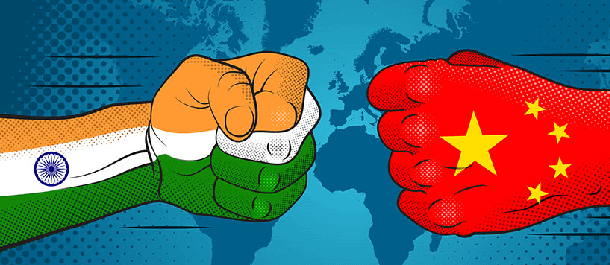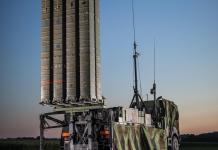The conflict between India and China has resurrected the need to further innovate in the defence sector, giving a boost to the self-reliance policy. Both countries have provided platforms to enable civilians and military personnel to develop innovative military technology.
Inside America’s Trillion Dollar Disaster – How The US’ F-35 Jets Emerged From The Ashes?
New Delhi has launched the iDEX4Fauji (Innovation For Defence Excellence) initiative along with the fourth edition of the Defence India Startup Challenge (DISC). The iDEX4Fauji aims at supporting innovation by members of the Indian Armed Forces.
“There are more than 13 lakh service personnel working in the field and on borders, handling extreme conditions and equipment and would be having many ideas and innovations to improve such equipment. There was no mechanism to support such innovations,” stated Ministry of Defence (MoD) in a statement.
This IDEX4Fauji initiative will bolster frugal innovative ideas from soldiers and help to revolutionise the future of our Armed Forces.
Our soldier would not only have a thorough understanding of their own requirements but also have necessary support of innovators & Startups.
— Rajnath Singh (@rajnathsingh) September 29, 2020
Defence Minister Rajnath Singh released the Project Management Approach (PMA) guidelines for iDEX during the launch function of Defence India Startup Challenge -4 (DISC-4), reported ANI. “DISC-4 challenge will surge ahead of its earlier editions and promote innovation and development in the country. Similarly, iDEX4Fauji will ensure the participation of our personnel in this programme,” said Rajnath Singh.
Under DISC, 11 challenges from armed forces, Defence Public Sector Undertakings (DPSU), and Ordnance Factory Board (OFB) were given to startups and MSMEs to provide innovative ideas, Singh said, that over 700 startups and innovators participated in these challenges.
Today’s launch of DISC 4 is indicative of the faith our Armed Forces have, in the @India_iDEX Startup ecosystem and reinforces the support to our soldiers while they co-innovate and co-create innovative Products with support of the Startups.
— Rajnath Singh (@rajnathsingh) September 29, 2020
The challenges included autonomous underwater swarm drones, predictive, preventive & prescriptive machine, monitoring super-resolution for improving spatial resolution, AI-based satellite image analysis, prediction and forecasting of atmospheric visibility, computer-generated targets for virtual training, remote real-time in-flight health monitoring of aircrew, MF-TDMA based wideband SATCOM modem, foliage penetration radar, reduction of RCS of Naval Warships, and target detection in chaff environment, reported FE.
According to the report by ANI, out of the 700, 58 were chosen for innovation grants under ‘Support for Prototype and Research Kickstart’ (SPARK). Singh further added that 11 challenges in the DISC-4 challenge cover all the needs of the armed forces.
Chinese Model
On the other hand, Beijing has been following the civilian-military model for years now aiming to achieve a “world-class military” by 2049.

Under the policy, the Chinese Communist Party (CCP) is acquiring the intellectual property, key research, and technological advances of the world’s citizens, researchers, scholars, and private industry in order to advance the CCP’s military aims.
The policy has alarmed several nations including the US that claims that the American military technology would get in the hands of the People’s Liberation Army.
In a report by Hoover institute, the Chinese scientists collaborating with the American researchers are involved in stealth technology and classified weapons studies. They are employed by the PLA General Arms Department and are engaged in work on high-tech naval systems.
Moreover, to further drive innovation, PLA introduced a monthly one-day event to hear suggestions from the civilian sector concerning military technological innovation.
Reportedly, the first such event was held on September 12 with 44 participants from universities, research institutes and high-tech firms. About 755 scientific research teams have signed up and submitted national defence innovation ideas since the Science and Technology Commission (STC) of the Central Military Commission released the monthly event schedule in July.
In a bid to boost the domestic innovation and production, the India China conflict has become the perfect opportunity for both the countries to focus on military innovation, especially diverting the attention to private players and innovators.




